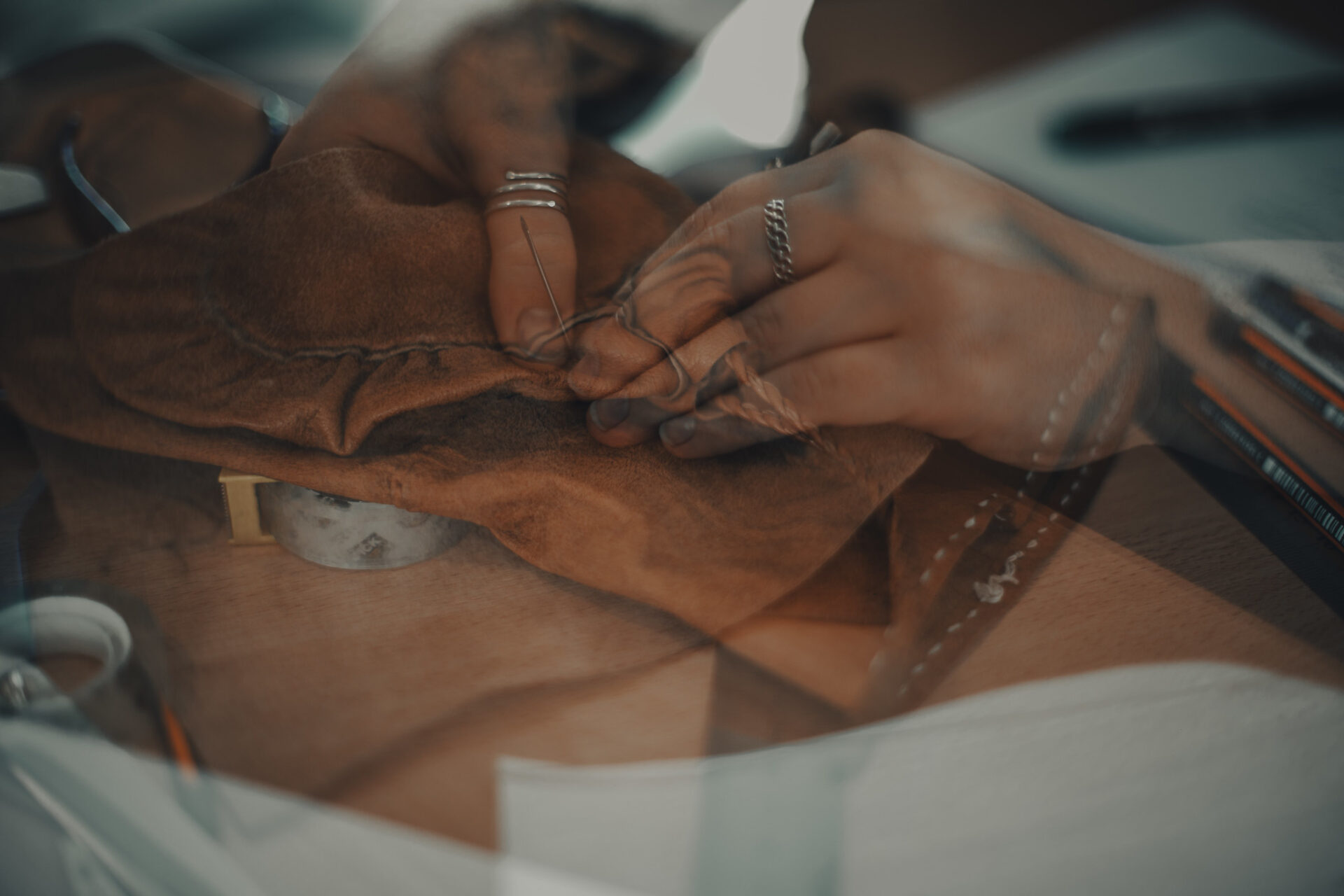
3rd Craft Symposium, from 18 to 22 March 2024 in Rauland, Norway
Short workshops
Short workshops (4 hours) took place on Tuesday, 19 March from 13:00 to 17:00.
Pay attention to the requirements for the workshop and the materials you might need to bring with you.
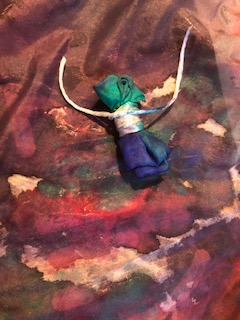
In this workshop, we make colourful silk scarves by painting and folding silk. You can also bring your own silk with you and make, for example, the pieces of a shirt. This is a quick and surprising fabric dyeing technique.
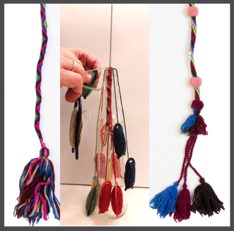
This braiding technique has been used to make the Seto men’s folk costume belt in Southeast Estonia. For this, a ribbon is woven around a rod placed in the bottle by knotting linen and woolen threads. During the workshop, we will be making a keychain using this technique.
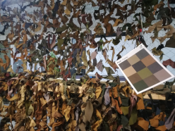
The workshop consists of two parts:
1) Introduction of the method.
2) Helmet cover making: textile strips will be tied to the ‘hat’ made from the net.
There will be a similar long workshop on the next day.
See pages 2-3 from Archaeological Textiles Review No. 64

During the short workshop, we make a simple ring by the ancient method of forming the ring from one solid silver/brass puck or disc without soldering points and almost 0 waste of (precious) metal. Gradually stretching the material using polished hammers and anvils, there is the possibility to attain an almost high polished metal surface.
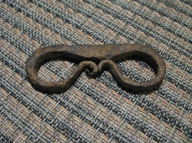
Before the invention of matches in the early 19th century the most common way of making a fire was with flint and steel. The sparks created by hitting the flintstone were caught in a piece of tinder fungus that started smouldering. In this short workshop, we are forging a firesteel from high-carbon steel.
Important: This workshop takes place outdoors, and warm clothes and shoes are necessary, preferably out of a natural material such as wool or cotton that does not easily catch fire.
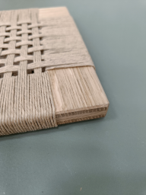
Students can weave a frame with a paper cord they can use as a trivet for a hot teapot, a coaster for a mug, or a special interior element. We have prepared wooden frame details so that students can assemble the frame using traditional window joinery methods. Paper cord weaving is known as a very strong, durable, and sustainable way of chair seating that lasts decades. Besides any other traditional natural rope material, the paper cord has a very smooth and even structure that is pleasant to weave for beginners. Participants can choose between traditional or more contemporary patterns. Small and special items for your home are made from natural materials using this traditional technique.
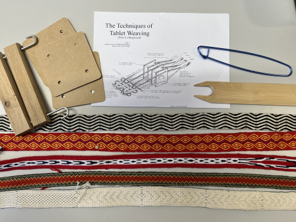
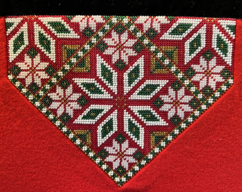
Pearl embroidery is where pearls are sewn to a substrate and form a pattern. Natural and imitation pearls and silver, gold, and glass pearls have been used for this type of embroidery.
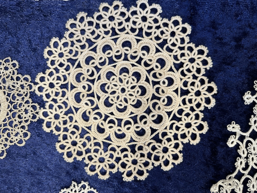
Tatting (Nuperell) is a knotwork that came into fashion in the 19th century. It is carried out with a small shuttle on which the thread is wound, and the technique is called striking nuperells. The technique has been used for lace and other openwork work and can be handmade and machine-made.
Enamel is a technique where glass is melted onto the metal surface. This ancient technique has developed and spread around the globe through more or less advanced variations from Keltic Champlevè, Chinese Cloysonnè, and Norwegian plaque à jour to ruff surface decorations typically for the art and crafts movement. In the workshop, we will explore the principles of the technique by enameling simple shapes we will cut out of copper sheets.
In this workshop you will get to know wood as a material, starting with a freshly cut tree. Different techniques on how to use the axe and the knife to split the wood in different ways, and then shape it into a variety of smaller items such as spoons, butterknives, and spinningtool.
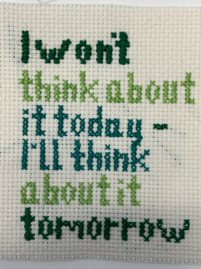
This workshop will let your needle speak out with cross-stitches, as a form of craft activism. Here you can express your opinion, make a statement, stand out, take part, and stich it up.
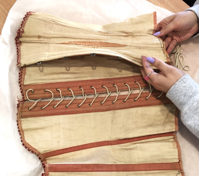
In this short workshop, you will get an introduction to how to study clothing and fashion with the actual garments as a starting point. You will get to “speed date” a couple of historical pieces of clothing and try your hand at discovering the personal and cultural narratives that lie in the very fabric of the garments. What kind of answers can we get from the garment, and what can we tell about its material culture context? The workshop will start with a short introduction on PowerPoint, and you will then in groups get to get closer acquainted with some of the garments in speed-dating sessions.


